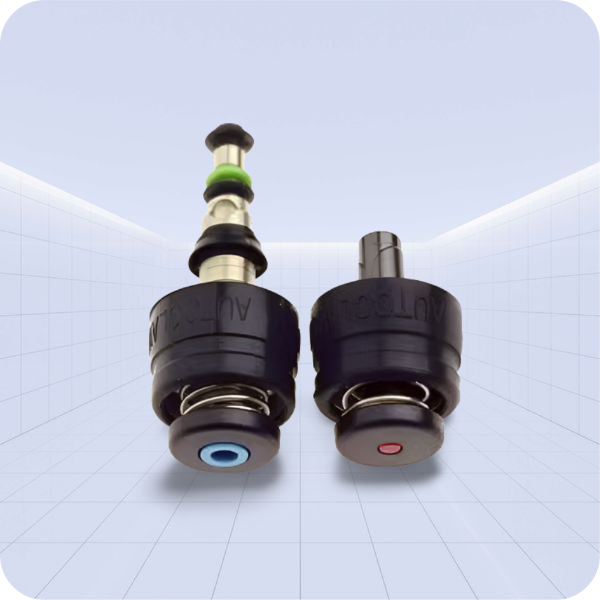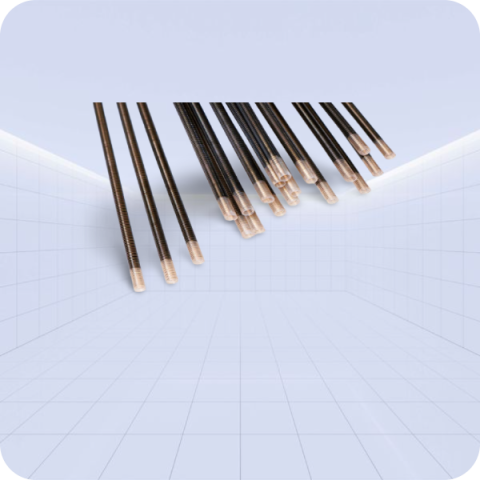- Home
- PRODUCTS
- Air/Water Components
- Air/water & Suction Valve
- General Details
- Comments
- Related Products
WORKING PRINCIPLE
A diagram of a common endoscopic system for air, water, and suction is shown in below picture. The air pump in the light source provides mildly pressurized air to a pipe extending from the endoscope’s light source connector. This air is carried by an air channel (tube) to the air/water valve on the control section. If the valve is left uncovered, the air simply escapes from a vent hole in the top of the valve. This vent hole allows the air pump to operate freely when air is not needed, reducing wear and tear on the pump. If the endoscopist wants to inflate the patient, they cover the vent hole with a fingertip; this seals off the vent and forces air down the air channel, exiting the instrument through the nozzle on the distal tip. A one-way valve is integrated into the shaft of the air/water valve to maintain air pressure in the patient during examination. During endoscopy, the GI tract is typically inflated to a pressure slightly above atmospheric pressure. Without this one-way valve in the system, air from the organ under examination would flow back into the nozzle on the distal tip, up the air channel in the insertion tube, and out the hole in the air/water valve whenever the operator removed their finger from the valve. An antireflux valve is required to maintain patient inflation.


FEATURES
Compatible with: Olympus® , Pentax® , Fujinon®
We can provide both reusable and single-use air/water valves and suction valve kits.
For more details about our products,please contact us for a catalog,thank you.



